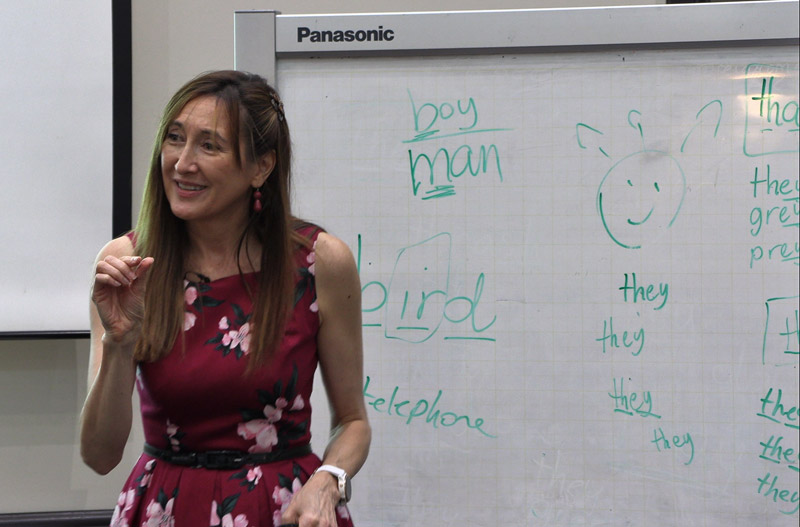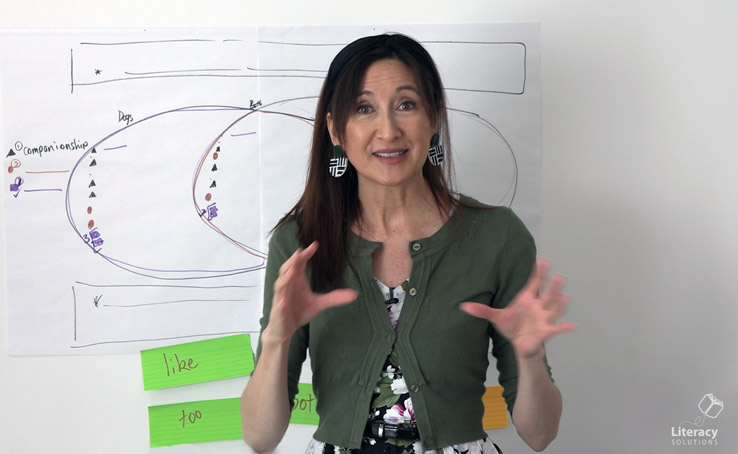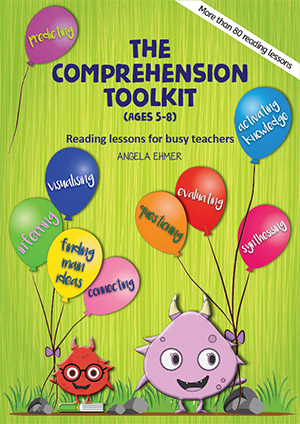Seven Ways to Engage Teachers’ Aides Wisely in the Classroom
When I began teaching in NSW primary schools many years ago, teacher aides were almost non-existent. Now they are an integral part of most classrooms.
The big question is how can teacher aides best support the learners in any given classroom?
We need to address this issue by way of asking a question… If choosing between the teacher and the teacher aide, who spends the majority of the time with the children needing the most assistance? In many classrooms, the teacher aide devotes more time to the children at risk than the teacher does. Perhaps it would be better to give the teacher aide a supervisory role with the remainder of the class and have the teacher explicitly teach the children at risk.
The skills of the teacher aide need to be utilised in such a way as to free up the teacher’s time to allow them to make important decisions around planning and delivering lessons that maximise the students’ learning. Teacher aides effectiveness can be maximised in the following ways….
- Preparing, finding and setting up resources for lessons delivered by both the teacher or for sessions they are delivering themselves. This can be a time-consuming task and whilst it is critical so as to not waste valuable teaching time looking for resources during the lesson, it is a task the teacher assistant can manage with their knowledge of the children and under the direction of the teacher.
- Delivering lessons that are carefully planned by the teacher. Sometimes the term paraprofessional is used to describe teacher aides. This is not to say that teacher aides are incapable of making decisions and cannot modify lessons as they unfold. Patricia Bourke PhD has conducted research in which she states that teacher assistants can make a significant impact on learning, however the responsibility for identifying individual goals and the subsequent content of lessons should always remain with the teacher.
- Giving teacher assistants time to digest the lesson before its delivery.
Some teacher aides have voiced their frustrations at my workshops saying they understand that their timetable must be as full as possible but they often deliver lessons on the run. They race from one classroom to the next with little warning of what will be expected of them and how the teacher would like the lesson to progress. Teacher assistants are dedicated, hard working staff who want to do the best job they possibly can for the teacher, and more importantly, the students. Teachers are also time poor, but preparing the aide well before the lesson is time well spent. - Time to give the teacher feedback about children’s achievements and needs. Teacher assistants can make valuable observations and take worthwhile notes regarding children’s progress. These in turn can impact considerably on the next cycle of teaching. As we know, it is not just the end product but also the learning journey that needs to be noted.
- Rostering teacher assistants on to playground duty. This frees teachers to schedule other tasks that should only be performed by the teacher.
- Providing on-going professional development. The majority of teacher aides who have attended my workshops have been like a thirsty sponge, grateful for the opportunity to receive professional development. They are passionate about what they do and appreciate the opportunity to improve their skills. Mentoring, attendance at workshops, attending staff meetings or being updated on what has happened in staff meetings are valuable tools to ensure teacher and aide are on the same page and maximising effectiveness.
- Roles and responsibilities of teachers and aides should be clear and unambiguous, with the aide working under the direction of a teacher. It is neither fair nor appropriate for aides to take responsibility for decisions about curriculum or teaching strategies. Aides wish to show initiative but also do not want to overstep the mark.
A Paradigm Shift.
A special education teacher recently asked me in a twilight session I was delivering, ‘How can I up-skill teacher aides to a level that I believe is necessary in order to assist the students needing extra help? I have given them training sessions (time permitting) but am not convinced they have the skills necessary to deliver lessons to the at-risk students.’
I asked her to consider a paradigm shift. Why not plan a supervisory lesson for the teacher aide to deliver so that the class teacher can withdraw a chosen group needing extra assistance? She smiled and told me that this strategy was so simple she didn’t know why she had not thought about it before!
I look forward to hearing from her about how things have progressed when I return for my next session with her school staff.
Finally, many of these strategies will assist the building of a strong rapport between teacher and paraprofessional. The teacher aide will feel valued (and rightfully so) and the quality of the teaching and learning will improve exponentially.
References
- AASE website (Australian Association of Special Education)
- Downing, J. E., Ryndak, D. L., & Clark, D. (2000). Paraeducators in inclusive classrooms: Their own perceptions. Remedial and Special Education, 21, 171-181.
- Education Queensland website
- French, N. K. (2001). Supervising paraprofessionals: A survey of teacher practices. The Journal of Special Education, 35, 41-53.
- Giangreco, M. F. (2003). Working with paraprofessionals. Educational Leadership, 61(2), 50-53.




